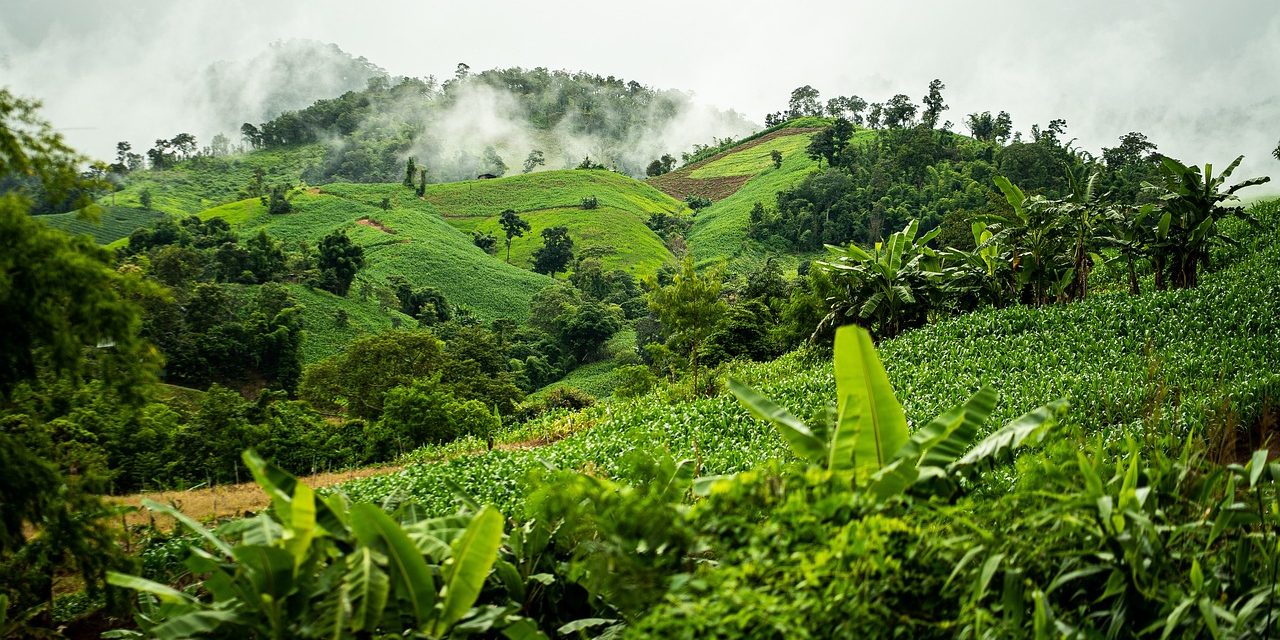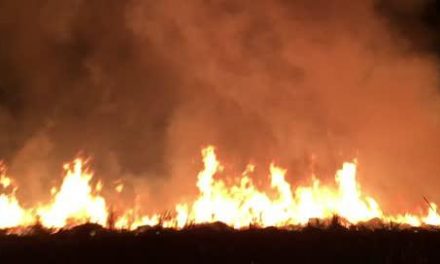The cartel is a large, multi-headed beast, and it takes serious logistics to keep from collapsing under its own weight and petty grievances of the egoists who usually thrive in such an organization. Its founders understood the need to establish control—and quickly—through overwhelming violence and oppressive dominance of transportation. If citizens have no choice but to abide by your rules to travel even to the next village, they’re also likely to accede to your demands in other areas of their life.
Not just content to own the land and waterways, the cartel was very quick to establish anti-air installations—or repurpose existing ones from the military—that would fire on any aircraft not broadcasting a frequently-changed set of identifiers through its transmitters. The sheer costs involved in the acquisition and deployment of AA at scale speaks volumes about the financial support and international arms dealings they have supporting them. Another reason we were called in as “independent consultants” I suppose.
Though they’re spread across the country, in every province from Koani to La Cruz, the cartel generally wasn’t able to have more than one SAM site cover the same airspace, meaning each one we destroy opens a large swath of potential air space for rebel forces to deliver goods and troops to where they’re needed most.
If you’re ever at a craft fair, almost everyone will have some sort of tchotchke proudly advertised as being sterling silver, as if that’s a point of pride. Really it’s the most basic, lowest-quality grade that will hold up to household living. What most civvies don’t realize is that it’s the same for anything marked “milspec”—the military always buys from the lowest bidder, and expects bulk discounts on top of that. That means that while the AA sites are important, possibly even critical pieces of infrastructure control, the pieces themselves are fairly easy to take out of commission if you get close enough.
Sure there’s enough plating to stop most longarm fire, and redundant systems to ensure a single sniper can’t pop the radar systems before getting detected, but there are plenty of places on those big boxes where a little C4 goes a very long way. Contrary to Hollywood, the missiles themselves won’t cook off in the explosion, but the heat and pressures will ensure that they’re no good to fire any more, further driving up costs for the cartel’s resupply.
It’s almost comical when we come across an installation built into the side of a mountain, on a small outcropping high above a valley. Not only does this create a huge blind spot beneath the unit where a talented helo pilot can fly without fear of getting a rocket up the tailpipe, but it also means they can’t meaningfully defend it, trusting that the sheer remoteness of the unit will do most of the work. Thing is, there’s a whole other half of the mountain a dedicated demo team can climb up and approach from, and from a convenient, protected, and stealthy overlook just toss a grenade or two onto the unit. Flash-bang-boom and no more SAM site, for the total cost of an hour’s ruck up a hill and a few throwables we can resupply off the next cartel checkpoint we steamroll. For some reason, all the mid-level guys seem to love their grenades as some sort of status symbol.
The team and I have been picking up or marking literal tons of medical supplies, gasoline, and communications gear for the rebels to gather, liberated from the cartel’s caches, and when serendipity shines, even the occasional plane or helicopter filled to the brim. As much as I understand the lifeblood of the cartel’s financing is the production, distribution, and sale of narcotics, something tells me they should have spent a little more of that logistic planning money on better security for their primary air defenses.
Then again, it’s admittedly pretty fun to see a pillar of smoke rise to the heavens immediately followed by the sound of rebel aircraft spooling up, knowing it’s safe to make another delivery. It’s always nice to see our hard work—or easy, as the case may be—paying off for the people we’re here to help.
Header image by mxwegele from Pixabay, a great source of royalty-free stock images
















